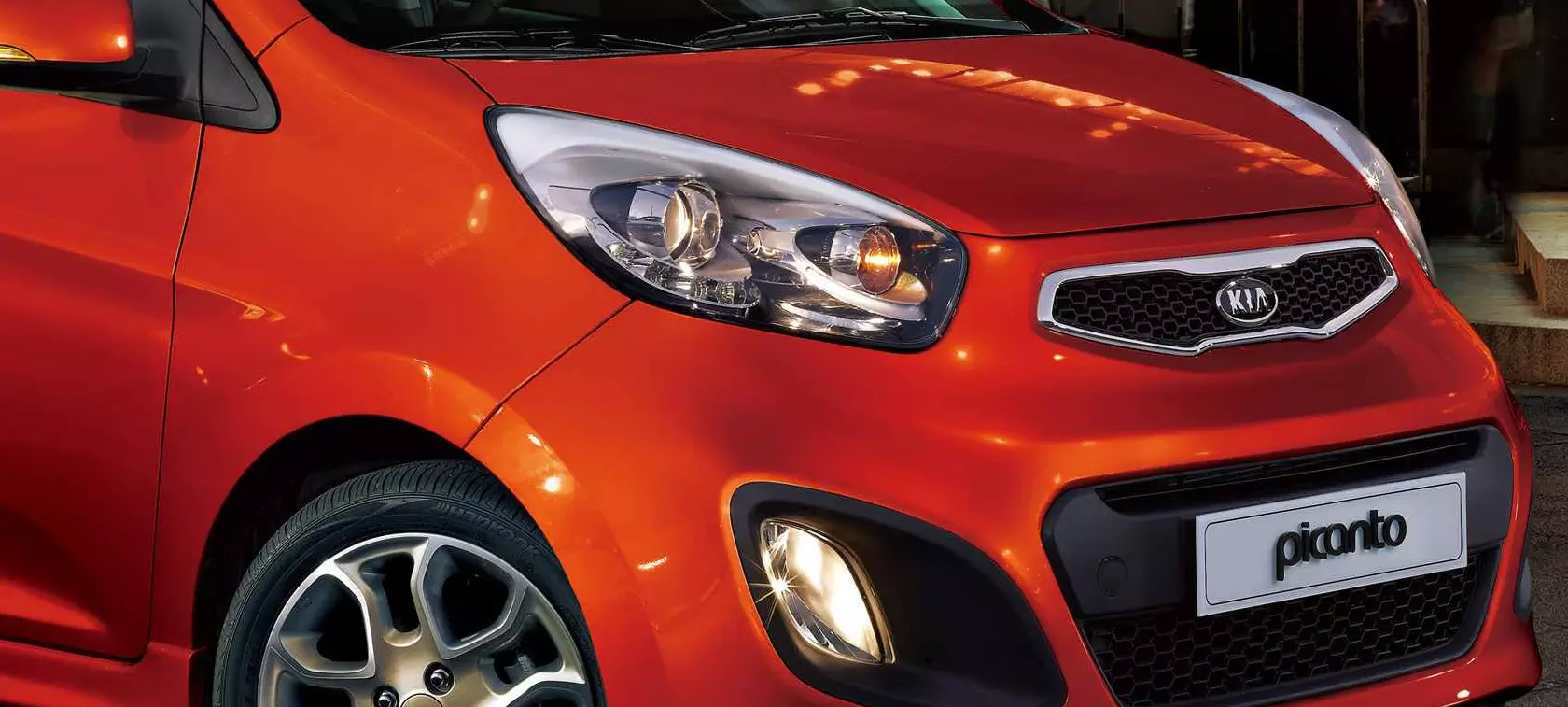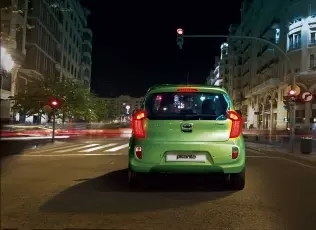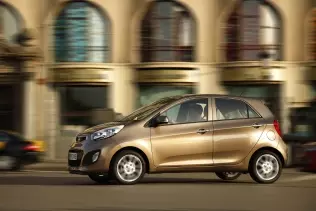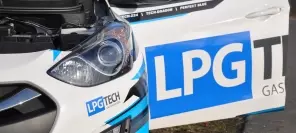- Main page
- Search
- Up to date
- Products
- Technology
- Vehicles
- Video
- Conversion Payback Simulator
Port Injection - Conversion Payback Simulator
Direct Injection - Conversion Payback Simulator
Diesel - Newsletter
Kia Picanto LPG - undead and loving it
 loading results...
loading results...
First, let's get onboard our time machine and travel back to February 2011. It was back then that the Korean carmaker announced the introduction of the factory-converted LPG-powered Picanto mini. It was supposed to be packed with cutting-edge autogas technology, featuring indirect liquid phase LPG injection and a custom pressurised tank mounted in front of the rear axle, where the petrol tank would normally be (the latter was downsized to 10 l of capacity, while the boot was fully functional, with a spare wheel under it), it was even ready for launch – price sheets were available and dealers accepted some orders. All of a sudden, on the verge of handing the keys over to first owners, the LPG option was cancelled altogether. No explanation given, no tissues provided to wipe the tears of the disappointed ones, as if the car never really existed.
But then was then and now is now, so let us update you on the subject – the Picanto will be reborn in September 2013 on the floor of the Frankfurt Motor Show and apparently this time it's here to stay. So what stopped Kia from actually doing the same thing two and a half years ago? No word is out officially, but judging by the changes the model has undergone in the meantime, the cancellation was due to an issue regarding the LPG tank. What makes us think so? Well, the regular, 35-litre petrol tank is back in place and the autogas tank is donut-shaped, holds 27 l and is located in the spare wheel recess. This is nowhere near as innovative as the original solution was, but apparently it's either this way or the highway, so we're not going to moan about it.
 © KiaFrom this perspective, the Picanto LPG is quieter and cleaner than the petrol-powered one. And it's green, too!
© KiaFrom this perspective, the Picanto LPG is quieter and cleaner than the petrol-powered one. And it's green, too!Also, in the time between spring 2011 and summer 2013 the Picanto's LPG-powered engine has lost some power, too. The 1-litre threepot was originally more powerful in the autogas version that its petrol-only siblings, churning out 82 instead of 69 PS. Today, it's still 1 l and 3 cylinders, but the power is down to 67 PS. Luckily, the torque – which is much more useful in city driving than power – is only down 4 Nm from the original figure, to 90 Nm today (which is little anyway). Whether or not the 2013 Picanto LPG stilll features liquid phase autogas injection remains to be revealed, but the good news is the car will be pretty economical – traveling 100 km is going to mean burning away only 5,8 l of LPG (or, with the optional ISG a.k.a. start/stop system onboard, 5,6 l/100 km). CO2 emissions are declared to remain below the 100 g/km threshold.
Sales are about to commence by the end of the year, but not everywhere. Where then? The Picanto LPG is coming (unless it's not once again, so let's knock on wood) to markets where autogas has long been a popular alternative to petrol or at least where it's becoming desirable. Those markets include Poland, Germany, Italy, Greece, Portugal and Holland. Prices are yet to be announced, but we bet nuts against dollars the car will prove a strong seller. It's got all it takes to tackle its greatest rivals, including the Fiat Panda and the Skoda Citigo, so we're curious to see who wins at the end of the day. And be sure we'll test the LPG-sipping Picanto first chance we get!
You may also find these interesting:
 loading results...
loading results...








